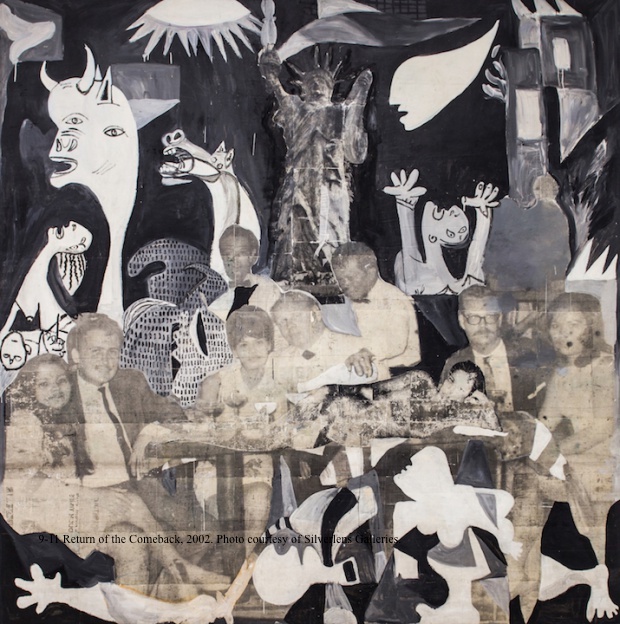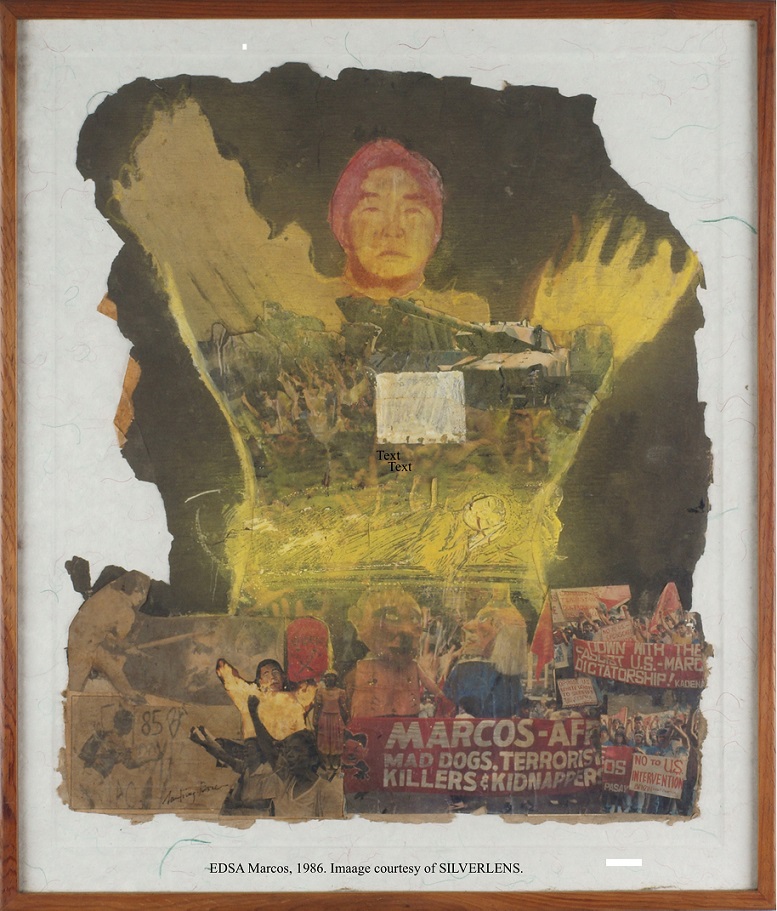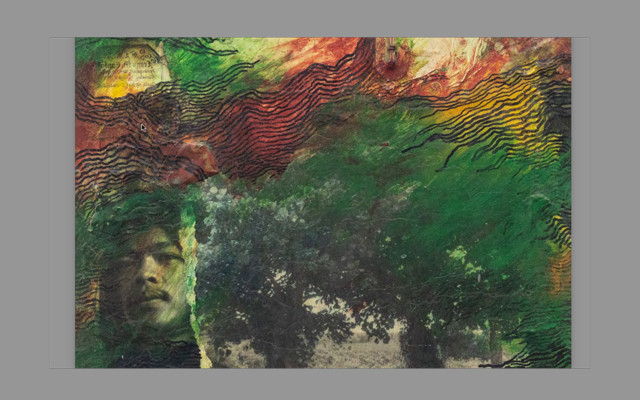A series of exhibitions on the art and life of Santiago Bose
(1949-2002), entitled Santiago Bose: Painter, Magician, has been set
in motion by Silverlens Galleries, Makati. The first phase, Bare
Necessities, is focused on Bose’s artistic language and how it is
used to produce a distinct form and critical discourse. It is on view
until 14 September 2019. The gallery plans to have an annual exhibit
on Santiago Bose in the next four years.
Bare Necessities presents an organic framework in which to understand
the inner dynamics that propelled Santi Bose to create works that are
indelibly stamped as his own, no more and no less. The exhibition is
divided into seven sections: Abstraction, Time/Ground, Archive,
Tricky Object, Potent Ornament, Everyday Life of Artist, and Acting
Out.
Curated by Patrick D. Flores, professor of art studies, University of
the Philippines and curator of the U.P. Vargas Museum, as well as the
artistic director of Singapore Biennale 2019, the exhibition presents
25 artworks, mostly paintings and prints from 1971 to 2002. An
additional ten objects of sketches, studies, and journals are
displayed on a long table.
Pushing Boundaries
As a mixed media artist, and with a body of work consisting of some
5,000 works of art, prints, drawings, paintings, sculptures, and
installations —Bose experimented with indigenous materials early
on, using what was available locally. He had used cogon, banana,
abaca, rice straw, bamboo, and volcanic ash from Mt. Pinatubo, as
well as all sorts of found objects, or what others would consider
trash.
Highly textured and tactile, his paintings are embellished with
layers of collage upon collage, cutout images, old photographs, text,
poetry, or even small sculptural pieces added on to the painting
surface. He would also cut out small rectangles or squares in the
canvas itself and insert some other pictorial elements.
In Bose’s unfinished mural, 9-11 Return of the Comeback (2002), he
used Picasso’s Guernica as a metaphor for war, added with a Statue of
Liberty, as well as old photographs of Americans and Filipinos to
signify the return of American military occupation of the country, in
the aftermath of 9-11. In a short video interview a day before his
death, Bose talked about this mural and said that he wanted to add
some Abu Sayaf images, and more.
His creative ingenuity pushed him further to explore ideas and
materials, and embed them in his talks, in his performance art, and
in his engagement with communities.
“Santiago Bose 101”
In a talk at the gallery with Lilledeshan Bose, the artist’s
daughter, and Patrick D. Flores before the exhibition opening, Flores
sums up his own interest in curating Bose. As an art historian, he is
most interested in the evolution of Bose’s artistic language, from
abstraction to the artist’s relationship with image. And how that
image is transformed into a picture through all sorts of techniques,
e.g., collage, photo transfer, or intermedia. Flores also noted that
Bose’s early contemporary practice had been rooted in a particular
locality (Baguio and the larger Cordillera communities) that did not
smack of localism, regionalism, or by being simply exotic. In doing
so, Bose was able to transcend the local-global binary. Moreover,
Bose’s legacy also lies in the expansion of the post-colonial archive
in terms of imagery and technology through which images could be
combined to produce new forms. Flores added that while such practice
is not entirely new, there is a high level of idiosyncracy and humor
in Bose’s art production. In other words, Bose’s style is Bose.
The Artist
Born to working class parents in Baguio City on 25 July 1949,
Santiago Bose’s identity had been impinged by the long and dark
shadow cast by the former U.S. military base Camp John Hay,
1903-1991. As described by Lilledeshan, “he was always made
aware how ‘othered’ Filipinos were in their own country.” He
explored the effects of colonialism and imperialism on the Filipinos’
national identity. And he focused on the resilience and struggles of
indigenous cultures as exemplified by the peoples of the Cordilleras
in Northern Luzon.
He studied architecture at Mapua Institute of Technology, and shifted
to fine arts at the University of the Philippines, 1967-1972. He
continued his studies at the West 17th Print Workshop in New York,
1980-1981. After the downfall of the Marcos regime, he went home to
Baguio in 1986. He was one of the cofounders of the Baguio Arts Guild
and twice its president. His awards and recognition include the
Tanglaw ng Sining Award by the UP College of Fine Arts, 2017; Gawad
CCP Para sa Sining award, 2004, Gawad ng Maynila Award for visual art
in 2002, and the Thirteen Artists Award, Cultural Center of the
Philippines, 1976. Artist residencies include stints in Canada,
United States, and Australia.


